In the first edition of Walt Whitman’s Leaves of Grass (1855), a wood engraving after a daguerreotype portrait of the author was published as a frontispiece, although the author’s name was left off the title page. Whitman (1819-1892) was one of the first writers to understand the importance of the new medium of photography for the promotion of his work and his own celebrity. This appreciation continued throughout his life and made Whitman one of the first authors to be known as much for his image as for his words.
The Library of Congress holds over 100 individual portrait photographs of Whitman, the earliest from 1848. Princeton University has its own smaller collection, with some as loose prints and others bound into volumes of his poetry. These are a few.
Selection from Song of Myself
I know perfectly well my own egotism,
Know my omnivorous lines and must not write any less,
And would fetch you whoever you are flush with myself.
Not words of routine this song of mine,
But abruptly to question, to leap beyond yet nearer bring;
This printed and bound book—but the printer and the printing-office boy?
The well-taken photographs—but your wife or friend close and solid in your arms?
The black ship mail’d with iron, her mighty guns in her turrets—but the pluck of the captain and engineers?
In the houses the dishes and fare and furniture—but the host and hostess, and the look out of their eyes?
The sky up there—yet here or next door, or across the way?
The saints and sages in history—but you yourself?
Sermons, creeds, theology—but the fathomless human brain,
And what is reason? and what is love? and what is life?
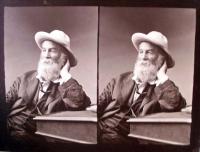

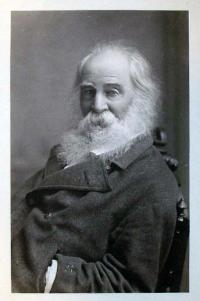
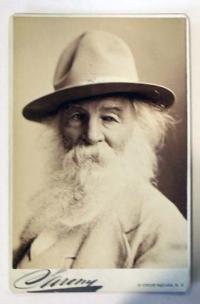

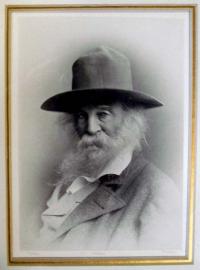



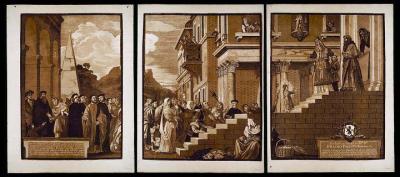


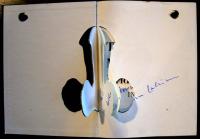

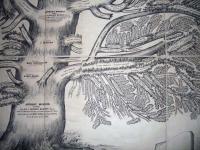

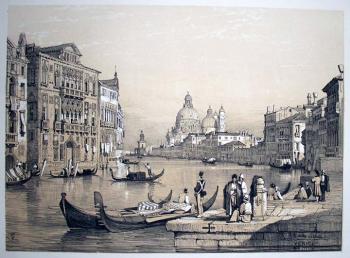



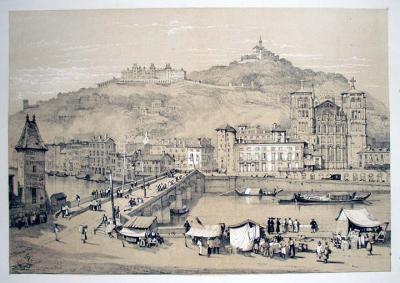
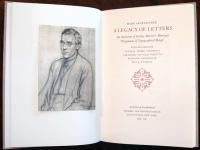
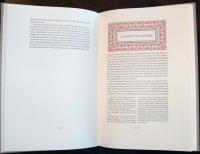
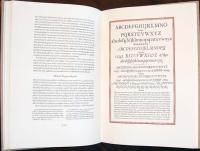


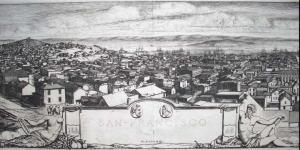
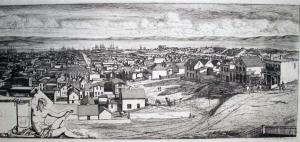
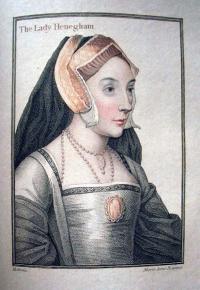
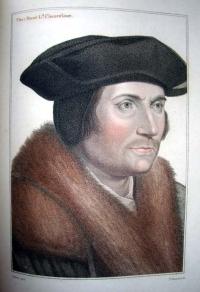
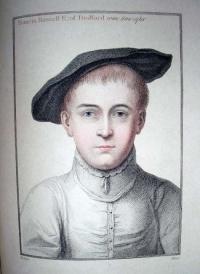




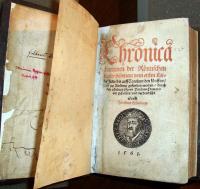
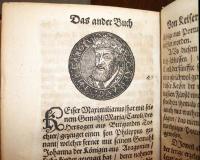
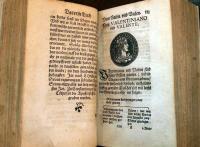


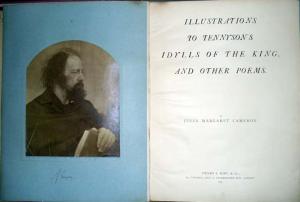

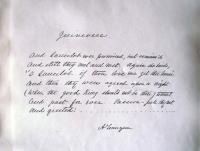
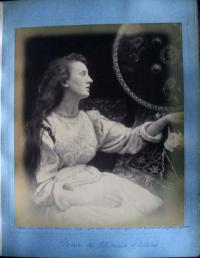
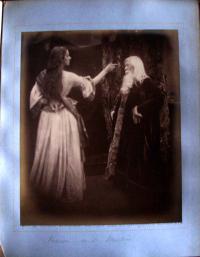
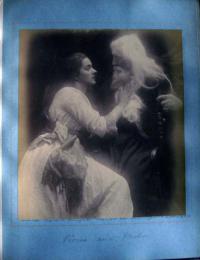


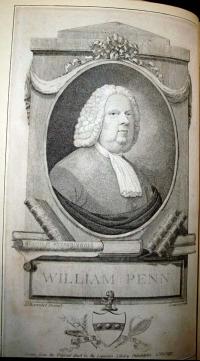
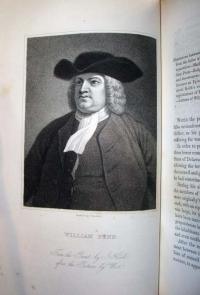

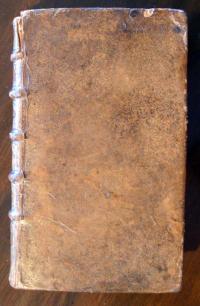
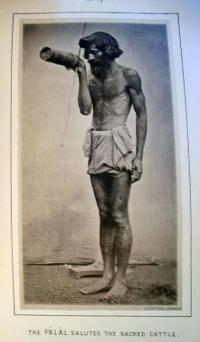
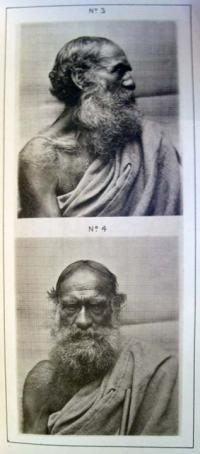
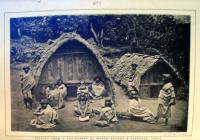
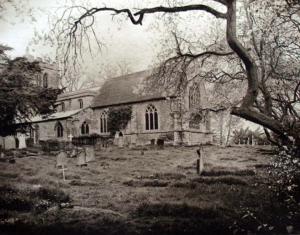

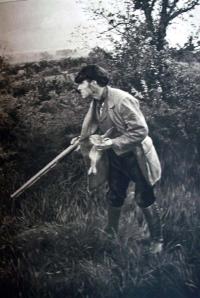
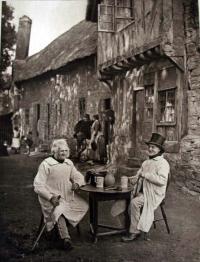

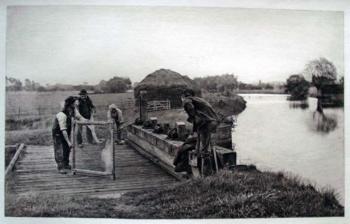
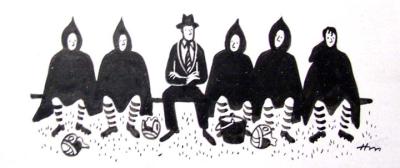

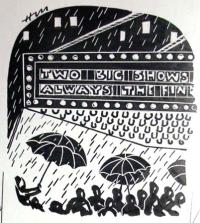
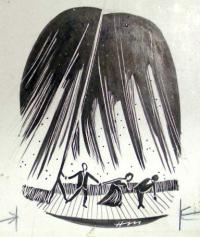

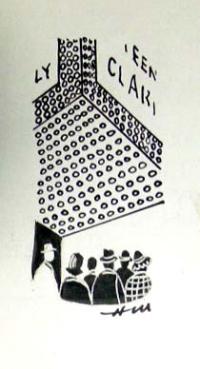
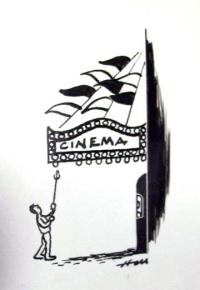
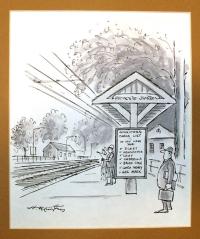

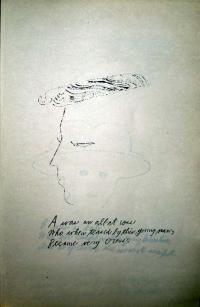
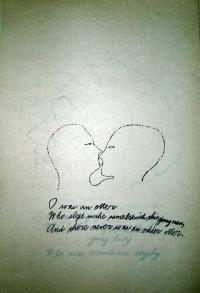

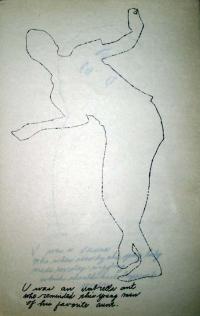
Recent Comments